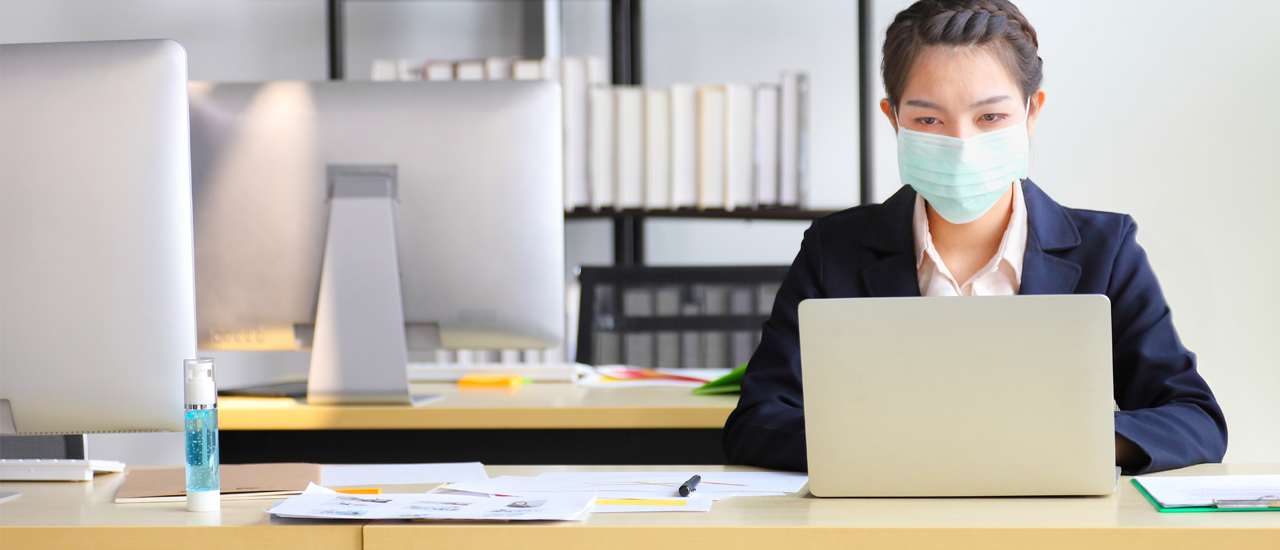Over the past few months we have faced unprecedented disruption in our work and personal lives. Now, as many workplaces begin to plan for re-opening, both leaders and employees are pondering the return to “regular” daily life. But make no mistake. We are not returning to the “old” normal – the world has changed.
The reintroduction to office life can be difficult, or even dangerous in the current climate, if not handled correctly. Careful planning is needed to ensure a smooth transition. A few points for leaders to consider:
- Focus on employee mental health and morale.
You and your staff are coming off incredible stress, change and adjustment. For those who have been away from their workplace for months, this return to “normal” can be difficult. Listen and watch for any areas of concern with your staff, and handle changes to the operating environment with sensitivity. Be sure to project a positive, stable vision of the company’s future. - Focus on employee physical well-being.
Your organization will need to plan, communicate and enforce consistent cleaning regimens that will keep your employees healthy, while still allowing for productivity. - Allow employees to continue to work remotely.
Even if your physical workplace is allowed to re-open, that doesn’t necessarily mean all employees should stop working remotely. It may be prudent to allow employees to work remotely for several months to avoid the seesaw effect of rolling government lockdowns, or office shutdowns due to a member of your team contracting the virus. - Stagger the re-introduction of employees or consider shift work.
If employees must return to a shared workplace, consider grouping them into cohesive units, each of which can cover the basic needs of the business. These groups can be brought into the workplace one at a time, or they could work alternating shifts, depending on what functions best. - Re-think workplace configuration and regulations.
When re-opening, businesses will need to observe physical distancing. This could include re-arranging desks and adding barriers, floor markers directing foot traffic, and new regulations in shared spaces such as cafeterias and restrooms. - Invest in infrastructure.
You and your team have been focused on business survival. But with some pressure off, it’s time to move forward. Ensure staff has the support they need to perform their jobs. Platforms that aid employee communication, connectivity and collaboration are essential for business success. Review each department and identify any areas of need, then fill them. - Communication remains the key.
The situation created by COVID-19 has forced most organizations to ramp up internal communications. A return to the usual work environment should not mean that you relax this practice. As the voice of reassurance, authority and understanding, you need to communicate and to collaborate with the whole team to plan how you will work together in the new normal.
While the thought of returning to the workplace may be intimidating, with proper planning the transition can be achieved with safety and success.
Let’s keep the conversation going. We’re all in this together.
Dale
At WATMEC, we’re doing our part to help you manage through the COVID-19 crisis. Visit our homepage for our complimentary online learning opportunities.
About Dale
Dale Wilcox is co-owner of WATMEC. Dale is a respected board member, former volunteer of the year, and inaugural Chair of the Canadian Society for Training and Development.




